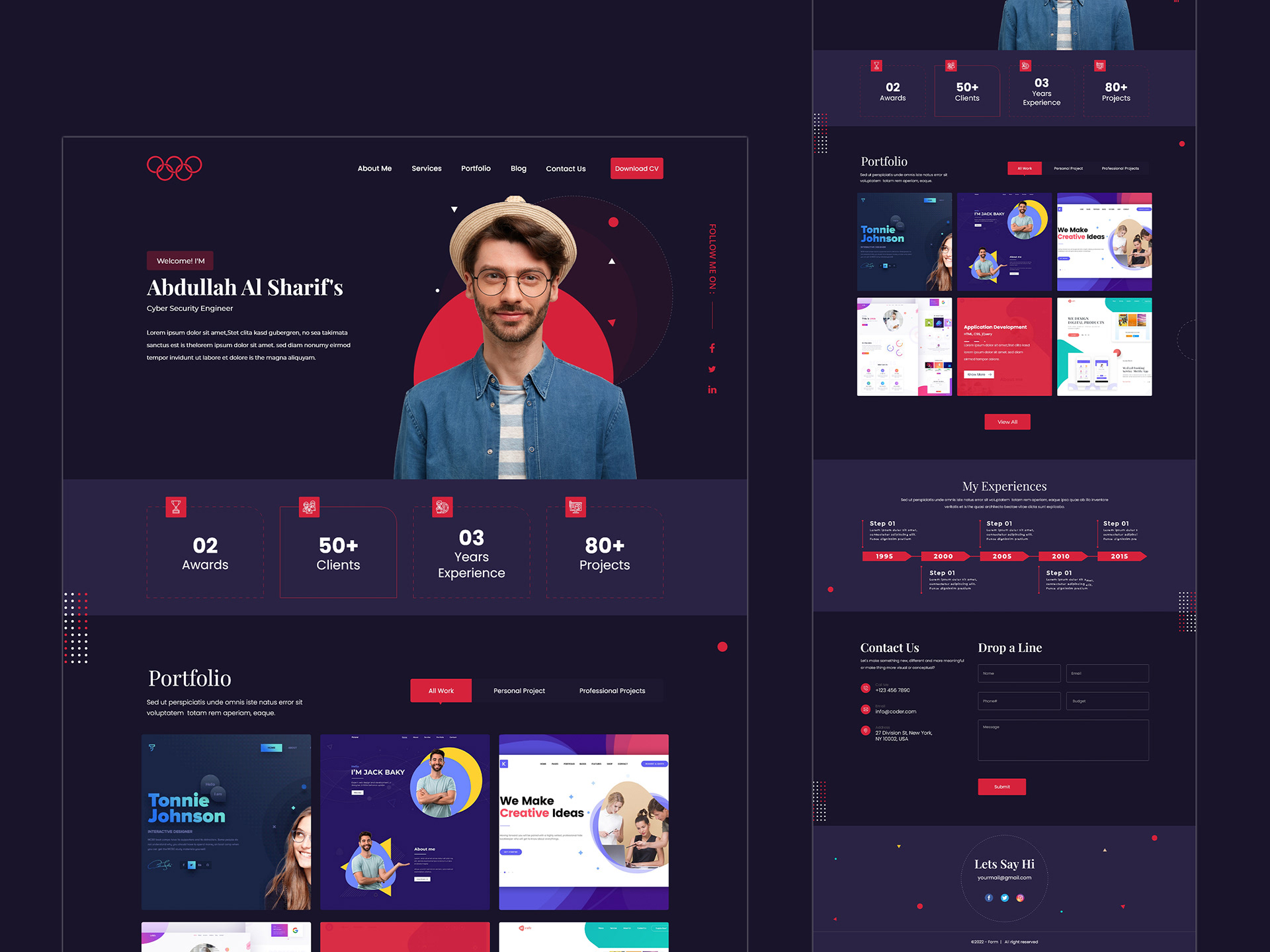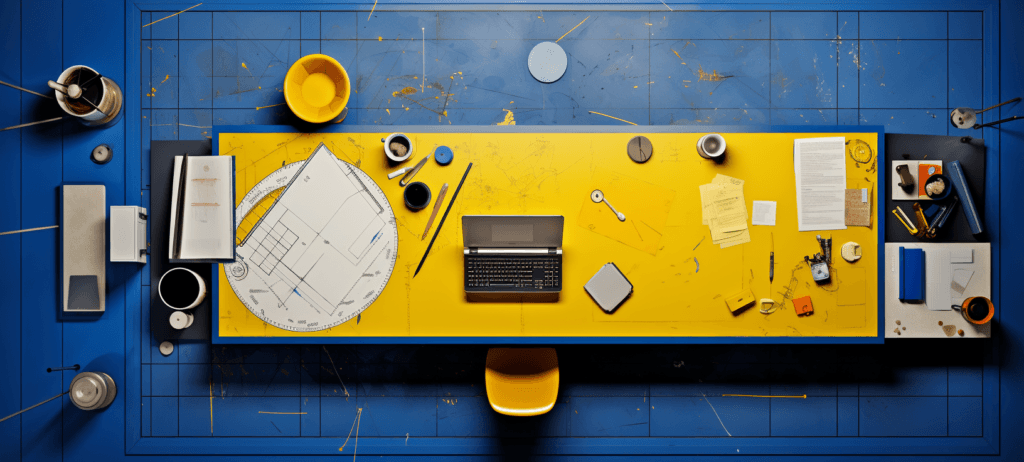The Impact of Website Design on Your Site's Search Engine Rankings
The Impact of Website Design on Your Site's Search Engine Rankings
Blog Article
The Ultimate Guide to Modern Website Design Trends
In the ever-evolving digital landscape, modern-day site style fads play a vital duty in forming customer experience and interaction. From the increase of minimalist style concepts that focus on simplicity to the influence of vibrant typography in defining brand identity, each component contributes to a cohesive on-line presence.
Minimalist Design Concepts
Minimal style concepts stress the idea that less is more, supporting for simpleness and functionality in aesthetic communication. This method remove unnecessary components, focusing rather on essential elements that convey the designated message properly. By focusing on clarity, minimal style boosts individual experience, enabling visitors to navigate websites effortlessly.
Core tenets of minimalist design include making use of sufficient white room, which develops a sense of equilibrium and company. This unfavorable area not only guides the customer's attention to crucial elements but also cultivates a soothing visual atmosphere. Additionally, a limited shade combination is frequently used, making use of soft hues or monochromatic systems to maintain aesthetic communication and avoid overwhelming the customer.
Typography plays an essential function in minimalist style, where clear font styles are picked for their simpleness and effectiveness in communicating content. Graphics and photos are used sparingly, ensuring that they offer a function rather than sidetrack from the general message. Eventually, minimal layout principles grow a concentrated environment that motivates customers to involve with the web content, boosting the total effectiveness of contemporary site design. This trend reflects an expanding recognition for thoughtful, user-centric appearances in electronic spaces.
Bold Typography Choices
Welcoming strong typography selections has actually become a defining characteristic of contemporary web site style, as it successfully captures attention and shares solid messaging. Developers are increasingly utilizing typography not simply as a useful element but as a vital aesthetic part that improves the total visual and user experience.

Moreover, the juxtaposition of bold typography with minimalist style concepts enables striking contrasts, improving readability while preserving aesthetic appeal. Using whitespace around vibrant text even more emphasizes its value, ensuring that the message reverberates with the target market.
As digital landscapes come to be more affordable, leveraging bold typography makes it possible for brands to distinguish themselves and leave a long lasting perception. The mindful selection of fonts and their application can evoke feelings, establish tone, and drive activity, making strong typography a vital device in modern-day site style. Eventually, it is a powerful method to improve storytelling and make certain that key messages are not just seen but additionally really felt.
Responsive and Mobile-first Design
Mobile-first and receptive layout has actually emerged as a vital principle in modern-day website development, reflecting the enhancing reliance on mobile phones for accessing online content. As customer behavior changes in the direction of mobile browsing, developers must prioritize producing experiences that adapt perfectly throughout various screen sizes and resolutions.
A receptive design guarantees that a web site automatically changes its design, pictures, and functionality based on the device being used. This strategy enhances user experience by supplying consistent navigation and readability, irrespective of whether the site visitor gets on a tablet computer, mobile phone, or desktop computer computer. Moreover, mobile-first design advocates for creating websites at first for smaller screens, ultimately scaling as much as larger screens. This technique urges a much more efficient and streamlined design process, concentrating on necessary web content and functionality initially.
Executing responsive and mobile-first concepts not just deals with customer choices however likewise aligns with seo (SEO) methods. Significant internet search engine, like Google, prioritize mobile-friendly internet sites in their positions, making it necessary for companies to embrace these layout informative post methods. In a competitive digital landscape, accepting mobile-first and receptive style is not simply an option; it is crucial for making certain availability and engagement with a varied audience.
Involving Microinteractions
Microinteractions play a pivotal duty in boosting customer engagement and total web site experience, specifically in the context of receptive and mobile-first style. These subtle layout elements provide prompt responses to customers, making communications much more user-friendly and delightful. Instances include switch computer animations, notification notifies, and loading indications, which not only guide customers but also create a sense of connection with the interface.
Including engaging microinteractions can considerably boost usability by decreasing cognitive tons. When users receive auditory or aesthetic responses upon performing activities, such as clicking a switch or sending a form, they really feel much more certain in their options. This fosters a smoother navigation experience, eventually enhancing individual retention.

As site style fads remain to evolve, the significance of microinteractions can not be overemphasized. They serve as the refined yet powerful touchpoints that transform regular communications right into phenomenal check it out experiences, thereby elevating the overall performance of contemporary internet style.
Lasting Web Design Practices
Lasting web style practices are coming to be increasingly important as the digital landscape expands and ecological concerns rise. Developers and programmers are recognizing their responsibility to produce websites that not just offer individual needs but additionally lessen ecological visit the site influence. This strategy encompasses a number of essential approaches.
First of all, optimizing energy consumption is extremely important. Web sites must be created to fill swiftly and effectively, which reduces server power usage and enhances user experience. Techniques such as image compression, lessening HTTP requests, and utilizing modern coding practices add dramatically to this goal.
Second of all, choosing environment-friendly hosting suppliers is important - website design. Numerous organizing companies are currently powered by renewable energy sources, enabling internet sites to operate in a more lasting way. This choice reflects a dedication to minimizing carbon footprints
In addition, taking on a minimalist layout can boost sustainability. Fewer components on a page result in much less data transfer, which not only speeds up packing times yet also saves sources.
Lastly, advertising digital access guarantees that sites get to a wider audience without unnecessary bloat, lining up customer experience with environmental responsibility. By integrating these sustainable techniques, internet developers can contribute positively to both customer engagement and the planet's well-being.
Final Thought
In recap, modern web site layout fads emphasize the assimilation of minimalist principles, bold typography, and receptive layout to boost individual experience. Engaging microinteractions contribute to unforgettable interactions, while sustainable practices advocate for environmentally aware growth. Jointly, these elements not just boost visual allure but likewise improve functionality, ensuring that sites are both visually striking and easy to use. Taking on these patterns is necessary for developing impactful electronic experiences that resonate with users in a significantly competitive online landscape.
In the ever-evolving electronic landscape, contemporary web site style trends play an essential role in shaping customer experience and interaction. By focusing on clearness, minimal style boosts customer experience, enabling site visitors to browse web sites effortlessly.
Eventually, minimal style concepts cultivate a focused atmosphere that encourages users to engage with the web content, enhancing the total performance of modern internet site design.Microinteractions play a critical duty in enhancing individual interaction and overall site experience, especially in the context of responsive and mobile-first design.In summary, contemporary web site layout trends emphasize the combination of minimal principles, bold typography, and responsive style to boost customer experience.
Report this page